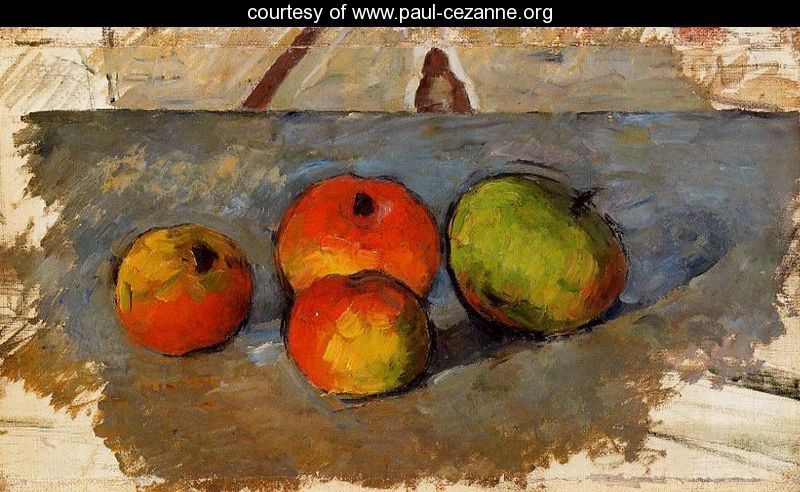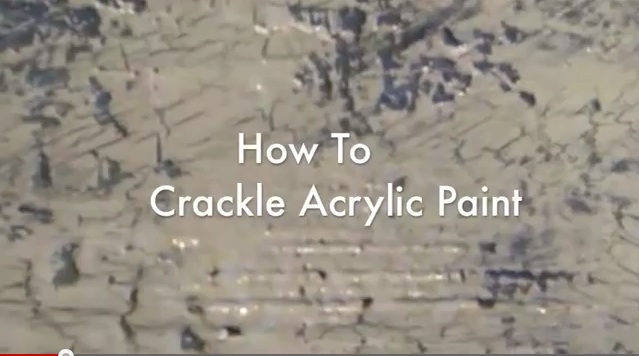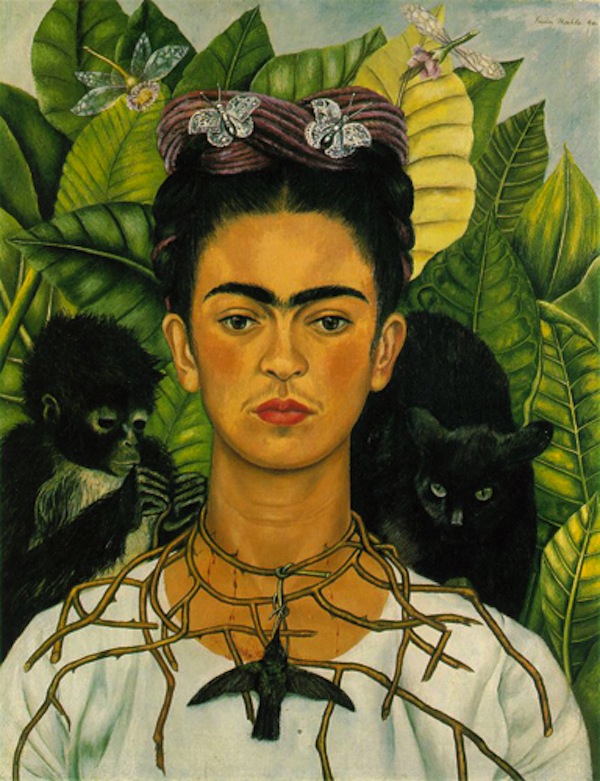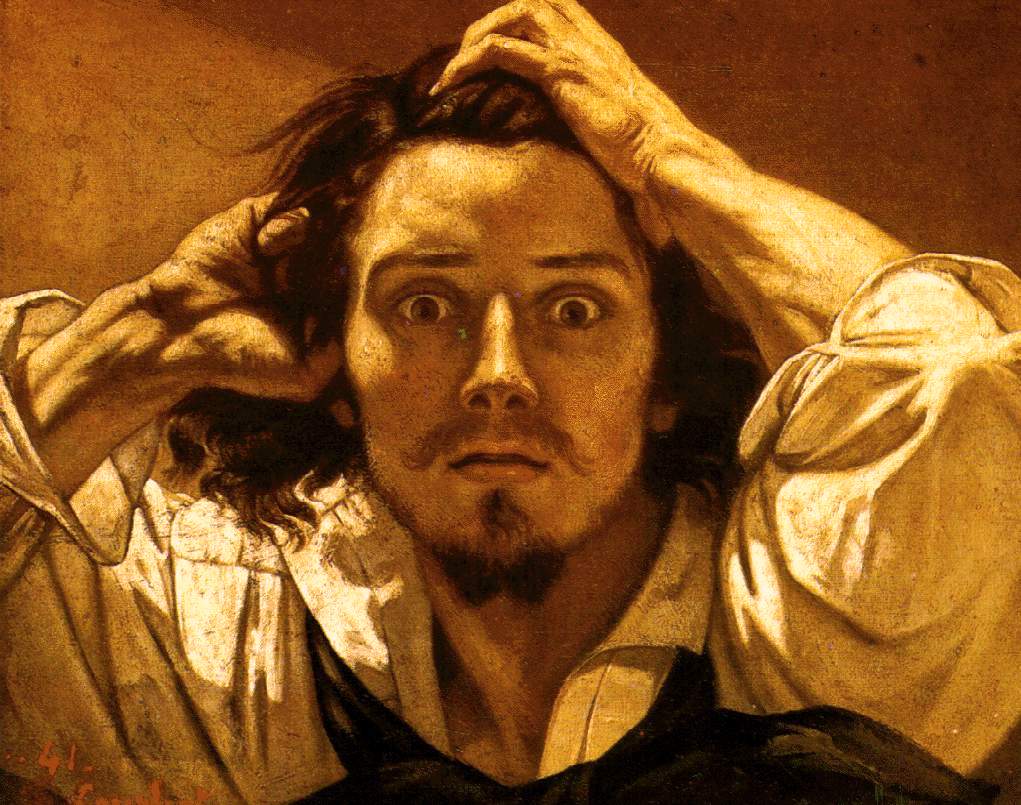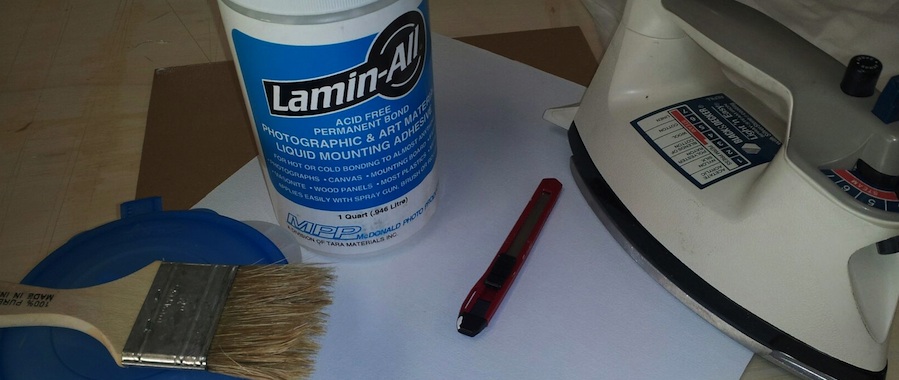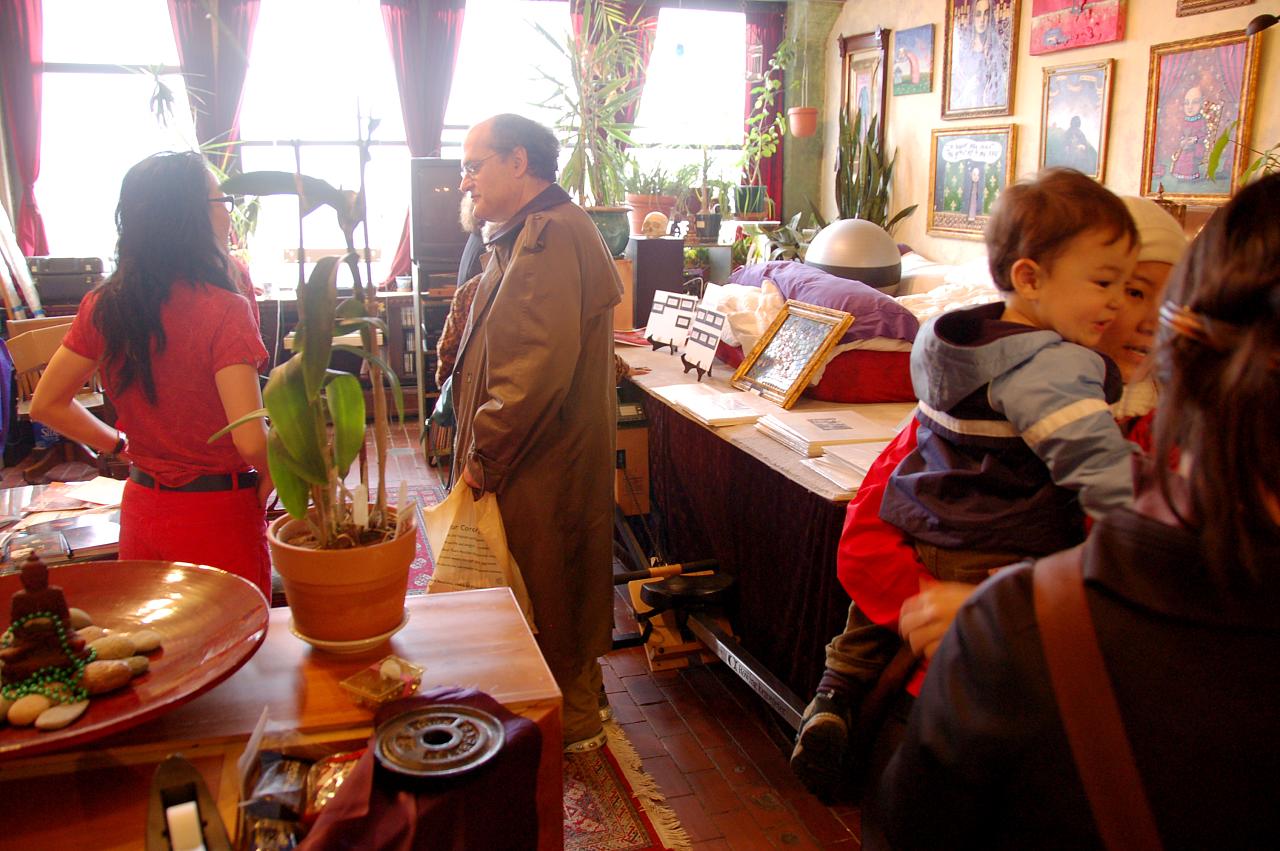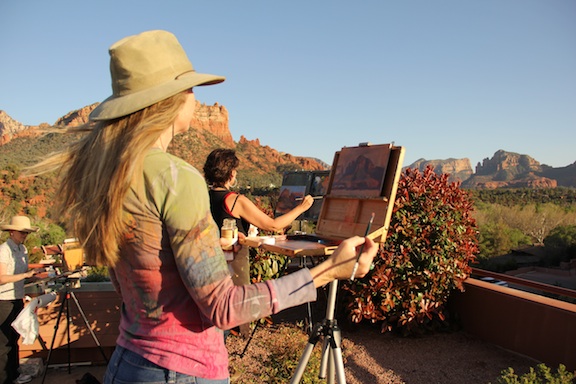![14 Ways to Improve Your Drawing Skills in 2014 14 Ways to Improve Your Drawing Skills in 2014]()
A New Year means new drawings, so to help you make 2014 your most creative year yet, I have rounded up 14 of my favorite drawing tips and techniques to kick-start your artwork and help you to achieve stunning results.
Pens and pencils at the ready…
Draw upside down
Nope, I haven’t lost my mind – drawing upside down helps you to ‘unlearn’ the bad habit most of us have of drawing what we think we see, not what we actually see.
For example, when drawing a portrait, children will often draw long hair as two strips either side of the face. Unless you have an unusually dodgy haircut, they are drawing what they know about hair rather than looking at the way it really is, i.e. it falls behind the neck, partially covers the face and shoulders, and so on.
The next time you are drawing from a photo, try inverting it. The new perspective it gives will help you to be more accurate. (read: Struggling with a Painting? Turn it Upside Down!)
Mirror, mirror
Similar to drawing upside down, frequently checking your drawing in a mirror will refresh your perspective and help you to see where you are going wrong. For example, when I check my portraits in the mirror I am looking for an approximate symmetry in the face; an oversized nostril is much easier to spot when you see it in reverse. If you need proof that it works, Leonardo da Vinci used this technique himself!
Experiment with different media
For a long time I drew in pen only, convinced that this was my style and the only way I could draw. A series of bad experiences with (blunt) pencils at university put me off all things graphite. However, when I finally challenged myself to pick up those pencils, they added a soft and blended effect that I could never achieve with pen. I’m a convert! (read: 10 Ways to Expand Your Artistic Repertoire)
Now, if I want a striking image I go for pen, and for anything more delicate I go for pencil. Which brings me nicely onto my next point…
Sharpen your pencils
Do your work justice and keep those pencils razor sharp!
Mould it
If you struggle with light and shade, get some modeling clay and mould it into the shape of your subject. It doesn’t have to be perfect – the idea to help you understand its shape looks from all angles and how the light source bounces off its surfaces to create shadows and highlights.
Light relief
Drawings are flat, but they needn’t look it. Turn your drawing into a map using contour lines – lines that indicate gradient. For example, if you were drawing a face, the ‘highest’ point would be the tip of the nose, so start here with a small nose-tip shape, then move out using expanding shapes. Lines close together indicate a steep gradient (e.g. the nose), while lines far apart indicate a gentle gradient (e.g. the cheeks).![14 Ways to Improve Your Drawing Skills in 2014 14 Ways to Improve Your Drawing Skills in 2014]()
When you are finished you will be left with something that resembles a ‘paint by numbers’ sheet. If you like, fill these areas in with the appropriate colors and shades, and you will end up with a very 3D-looking image.
Grid method
Keeping proportion is one of the biggest challenges when copying from an image. To eliminate the guesswork, measure out a square grid over the image you are copying and another on your paper.
Use light pencil so you can rub them out later. If the image you are copying is the same size as your paper, both grids should be identical; if it is bigger or smaller, you will have to scale your grid up or down to keep the same ratio: for example, if I am copying an A5 image to A4 paper, I would draw a 1cm grid on the A5 image and scale it up to 2cm on my paper, ensuring my drawing is exactly twice the size.
Once you have your grids, scrutinize the source image square by square, copying each one to the corresponding square on your own grid. This is a very methodical way of drawing and pretty time-consuming, but worth it to achieve a near-identical copy. It works by breaking the overall drawing up into manageable chunks – you may not be able to copy an entire image in one fell swoop, but I bet you can copy a 1x1cm square almost perfectly – then just repeat!
Use shapes
If you were asked to draw an elephant, where would you start? With the trunk? The ears? It is common to want to hone in on the details straight away, and while there is nothing wrong with this, by starting small you risk running out of space later on. For this reason it can be helpful to block out the drawing first using big, rough shapes. The elephant has powerful shoulder muscles, a huge head and thick legs, so these are what I would quickly block out first, before refining the shapes further and then moving on to the details.
Draw on the go
Being a perfectionist has its obvious advantages – you won’t show anything to your friends that you wouldn’t be happy to hang in the Tate gallery – but sometimes it can cause you to obsess over the minute details of your drawing rather than allowing yourself to make (helpful) mistakes.
Challenge yourself to draw quickly and – yes – imperfectly, by taking yourself to off to the zoo, the park or even the bus and drawing on the go. Human and animal subjects will never stay still for long enough for you to worry about perfection, giving you just enough time to sketch a quick study of your subject before the scene changes.
Disclaimer – if you are drawing humans, make sure they are happy for you to do so (sleeping commuters are fair game). The object here is quantity, not quality, which may not come naturally to you, but will give you tons of useful reference material to take home and develop.
Draw negative space
Another way to gain a new perspective on your subject is by not drawing the thing itself, but the negative space around it. This works particularly well when using thick, heavy media such as charcoal. You know those optical illusions that look like a candle stick or two faces, depending on how you look at it? This shows how negative space can provide an interesting drawing in itself.
![14 Ways to Improve Your Drawing Skills in 2014 14 Ways to Improve Your Drawing Skills in 2014]()
Mouse hole drawing
If you’re stuck in a rut and lacking inspiration, try and view the world through a mouse’s eyes – how different would your shoes look when viewed at ground-height, bringing the colors, textures and even the tiny scuff marks into sharp focus. How intimidating a pair of Jimmy Choos would look towering over you! Or how about a bird’s eye view – different again. The possibilities are endless; stop drawing things as you and step into the mind-set of someone or something else. Bet your still life drawings are ten times more interesting!
New dimensions
Drawing big and drawing small are very different disciplines. Try drawing to the dimensions of a postage stamp, then do the same drawing on the largest sheet you can find. Do you notice the different techniques and observations that come into play at each size? You may find one much easier than the other and discover a new niche for your artwork.
Go digital
Whether you just want to touch up a drawing or to create the whole thing digitally, technology can be a great addition to your artistic repertoire. Adobe Creative Suite is the industry standard design software and it is well worth downloading a free trial of Photoshop (for editing) and Illustrator (for creating). Gimp is a free alternative to Photoshop, or for more basic filters, try Picasa. Just take your drawing, scan it onto a PC or Mac and experiment. The things you can do with Creative Suite are pretty mind-blowing so rather than read me list them here, search online for free tutorials to help you get started.
Start a portfolio
Finally, if you only try one thing as an artist in 2014, start a portfolio. Stop discarding your sketches and half-finished projects and start filing them properly. You owe it to yourself to keep a well-presented record of your work with the triple benefits of feeling more organized, protecting your drawings from coffee rings and dog-ears, and being able to flick through and see your progress over the weeks, months or even years. (read: How to Create a Powerful Portfolio)
Hope these tips provide you with some inspiration for the New Year – good luck and happy drawing!
Guest Author/Artist: Vikki is a freelance illustrator specializing in portraits and animal drawings. She has studied drawing at university level and currently sells handmade eco-friendly greetings cards from her online shop while working alongside artist Stuart Morris.
***Thanks for visiting FineArtTips.com. You can meet me on my social media sites > Fine Art Tips Facebook Fan Page, on Twitter, Google Plus and on Pinterest. Be sure and check out and my fine art prints and notecards on Fine Art America. Or see my art on my website, LoriMcNee.com. ~Lori
Originally published on http://finearttips.com

